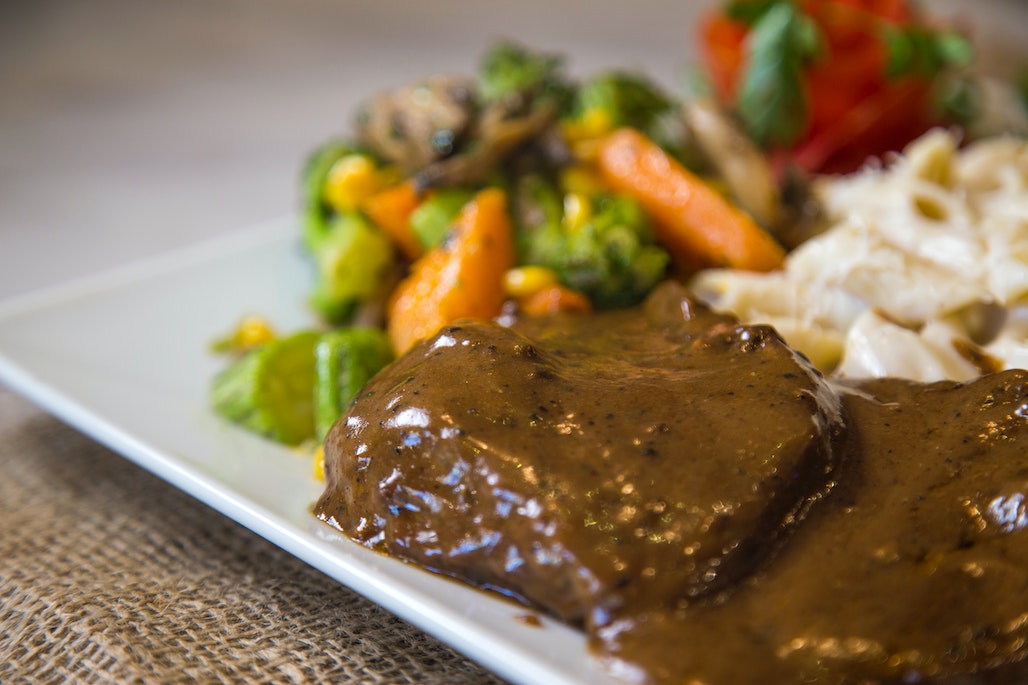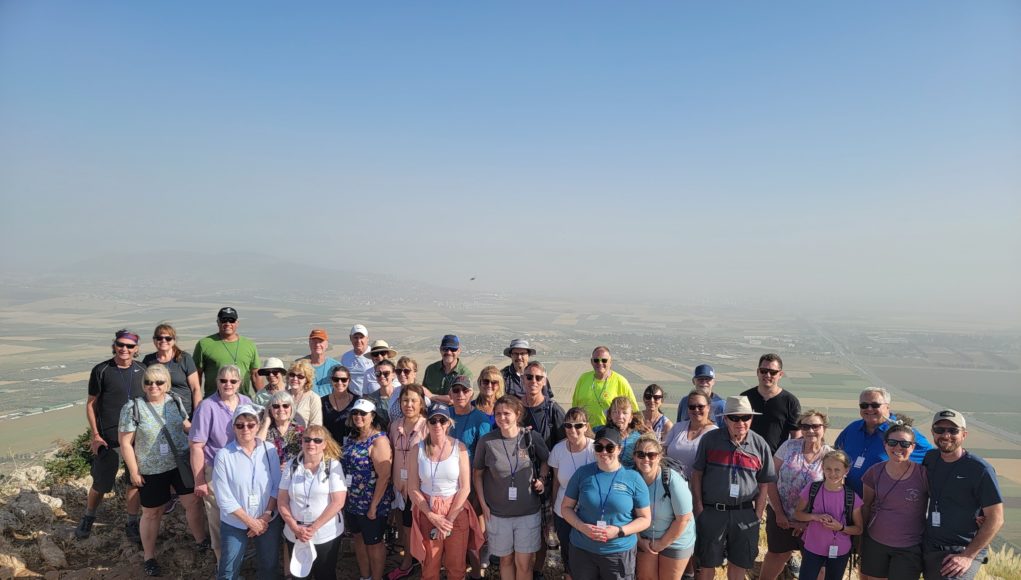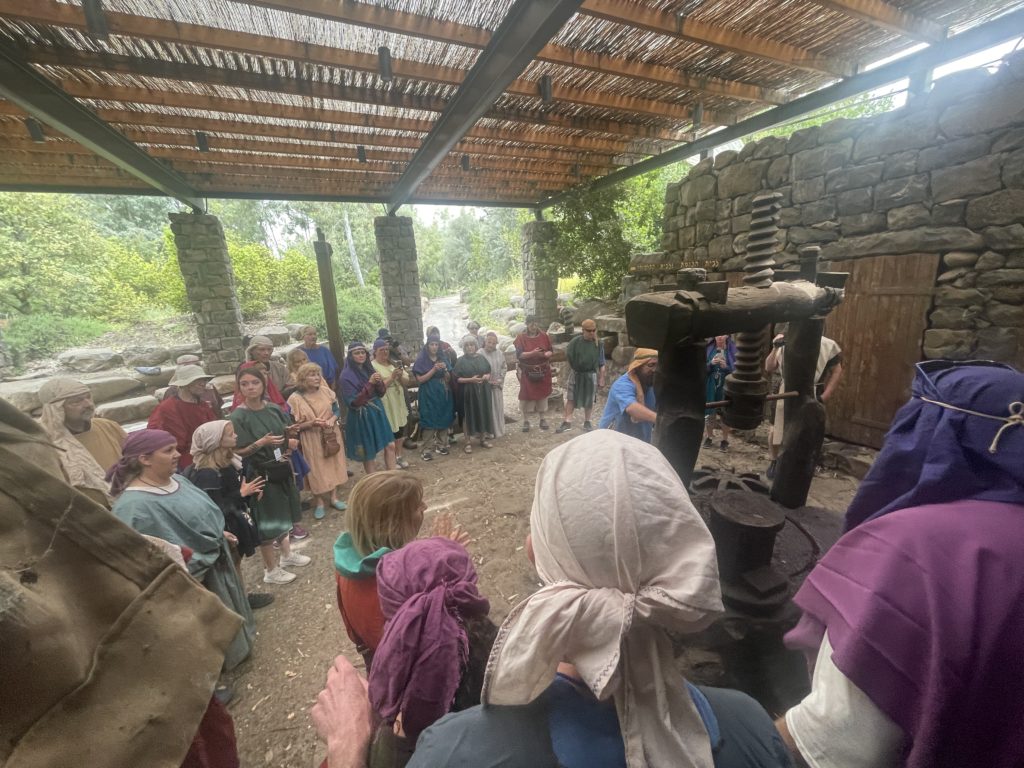Today we visited Katzrin, located in the Golan Heights, which is set up as an ancient village. We got to experience what life might have been like in early centuries and what daily chores would have held.
Next up is Caesarea Philippi which was used by many as a temple to serve various God’s, but most notably the Greek god Pan. Its location is set into the cliffs of Mount Hermon and is the start of springs that feed the Jordan river. Jesus traveled to Caesarea Philippi with his disciples, recorded in the gospels, and was where He asked, “Who do people say the Son of Man is?” This was when Peter responded, “You are the Christ, the Son of the Living God” (Matthew 16:13-16). It was in Caesarea Philippi that Jesus also told his disciples for the first time that He was to go to Jerusalem, suffer, be killed and be raised again on the third day.
Tel Dan, originally called Laish, was the next stop. Dan has a history dating back to 5000 BC and was mentioned in early Genesis. It was known as an economic and political power for the Canaanites and even has mention in Egyptian texts. In Genesis after Lot (Abraham’s nephew) was captured, Abraham traveled north to Dan to retrieve him. Dan also represented the northernmost city occupied by the Israelites. During the reign of King Jeroboam I, it was known as a cult city, one in which they set up a golden calf just as they did in Bethel.
Here is a past teaching from Tel Dan (in the rain!):
And here is a teaching from the upper part of the site at the ancient temple complex:
Our last stop of the day is Kursi, which is on the eastern side of the Sea of Galilee. Its most notable mention was in the gospels when Jesus (Matthew 8:28-34) met two demon posessed men in the tombs and then cast out the demons into a herd of pigs nearby who then rushed down the bank into the Sea of Galilee.
[ngg src=”galleries” ids=”3″ display=”basic_thumbnail” thumbnail_crop=”0″]







![Where is God when Discouragement Sets In? [Sermon]](https://joshweidmann.com/wp-content/uploads/2022/06/paola-chaaya-eAkjzXCU0p0-unsplash-180x135.jpg)

![How to Help Kids with Anxiety [video]](https://joshweidmann.com/wp-content/uploads/2020/07/mladen-borisov-RzbUUaP2JXY-unsplash-180x135.jpg)





